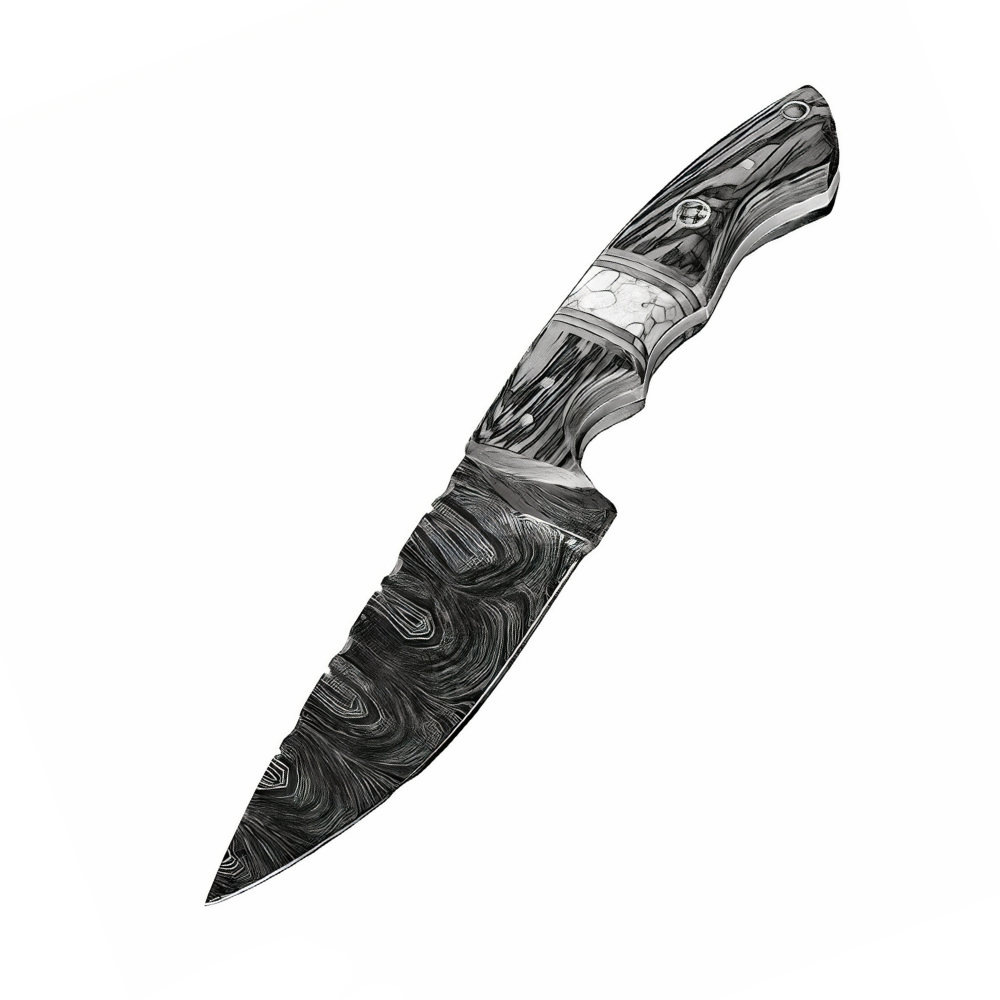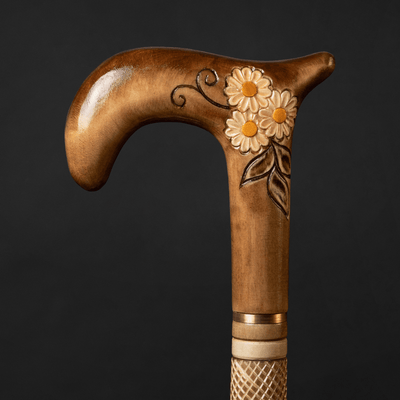You have no items in your shopping cart.
Recent Posts
-
The Art of Christmas Design: Walking Canes That Celebrate the Season in Style
-
How an Ergonomic Walking Cane Handle Prevents Hand and Wrist Strain?
-
How to Walk With a Cane Correctly to Avoid Back or Shoulder Strain?
-
5 Common Mistakes People Make When Buying a Walking Cane (and How to Avoid Them)
-
How to Choose a Walking Cane That Reflects Your Personality (Not Just Your Needs)?
-
Walking Canes That Match Formalwear for Weddings and Events
MOST POPULAR NOW
17
Aug
Someone collects walking canes, someone uses them as a fashion accessory and some people for a balance. For the last case it is important to know: how much weight can a cane support? In this blog we will try to answer.
How much weight can a cane support?
People use walking sticks in different ways. Few people lean down on them directly from above; instead they lean on them at a variety of angles depending on their disability if they have one, general state of health, how good their sense of balance is and many other factors. Therefore, although it is possible to test a stick’s strength by applying pressure from above and seeing at what point it buckles or breaks, this in no way reflects the reality of how people use walking sticks.

People usually assume all walking canes to be very strong. However, this isn’t the case. For instance, a decorative cane will not be so resilient. A cane’s weight restrictions should be a part of your decision-making since some canes are just not meant to support more than the average range of body weight. Again, averages can vary a lot. Many times, cane-makers don't follow international protocols related to a cane’s weight-bearing capacity. Even when gifting a cane, you need to be careful about the cane’s intended usage and the kind of person who would be using it. Canes for men are usually much heavier than fashion canes for women. Canes made from carbon fiber or anodized aluminum might seem light but they can match hardwood canes in terms of strength and weight-bearing capacity!
The amount of force a person exerts on a walking stick is linked to their physical condition, not their overall weight. A 225 lb. person using a stick for light balance and support will exert far less force on it than an 112 lb. person who needs to place a great deal of weight on their stick.
The amount of force a person exerts on a walking stick is linked to their physical condition, not their overall weight. A 225 lb. person using a stick for light balance and support will exert far less force on it than an 112 lb. person who needs to place a great deal of weight on their stick.
Also Purchased
-
Beige Walking Cane for Ladies Chamomile Flower, Wooden Walking Stick
Introducing our beautiful Beige Walking Cane for Ladies with Chamomile Flower, a Wooden Walking Stick that is hand carved and handmade, making it both pretty and unique. This walking cane...$79.50 -
Exotic Burl Wood Walking Cane – Fashionable Artisan Stick
A sculptural statement in deep, oceanic blue — this walking cane is more than a support accessory, it's wearable art. Meticulously hand-shaped from stabilized burl wood, the handle evokes the...$425.00 -
ArtWalkingSticks™ MAGIC Walking Cane, Handmade - Make to Order
This piece of art is created for those who value details. We make one of a kind, handcrafted wood and resin canes. Our Wooden Canes are completely unmatched in creativity....$430.00 -
Umbrella with Eagle Handle, Fashion Umbrella For Men
Make a bold and fashionable statement with our Umbrella with Eagle Handle - a unique and functional accessory designed for men. The striking eagle handle is the highlight of this...$325.00 -
Fashionable Lion Shoehorn Long Handle, Pearly Brown Shaft, Handmade
Introducing our Fashionable Lion Shoehorn, a handcrafted, long-handled shoe horn with a pearly brown shaft that's both stylish and practical. The intricate Lion design adds a touch of elegance to...$240.00 -
ArtWalkingSticks™ MAGIC Red Walking Cane - Unisex, Handmade
This piece of art is created for those who value details. We make one of a kind, handcrafted wood and resin canes. Our Wooden Canes are completely unmatched in creativity....$425.00
































